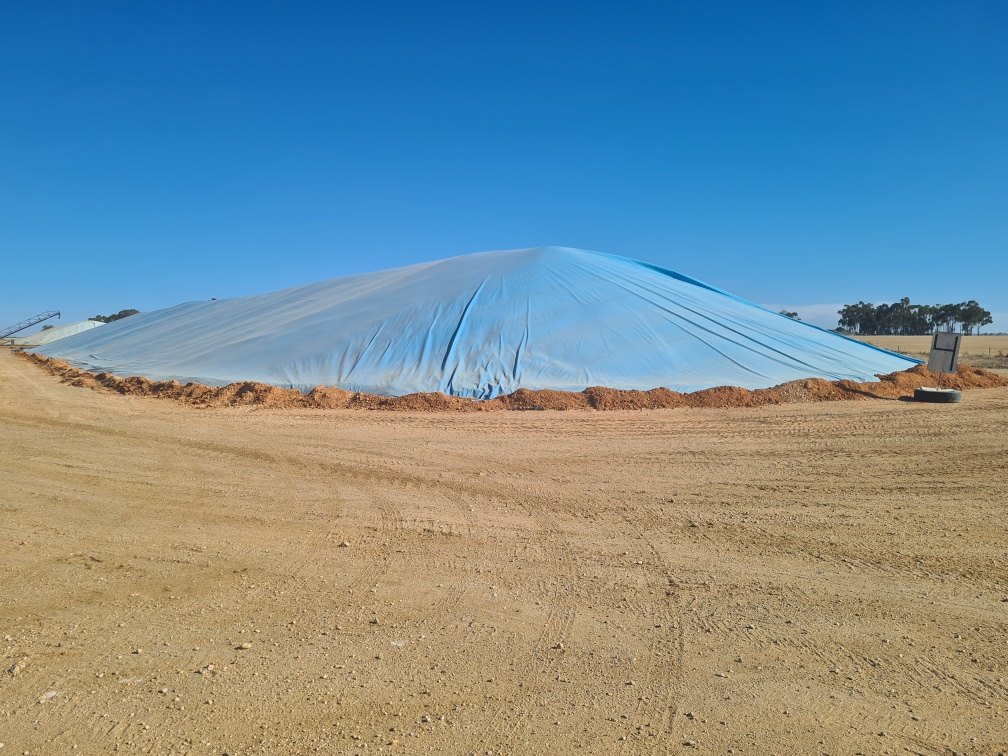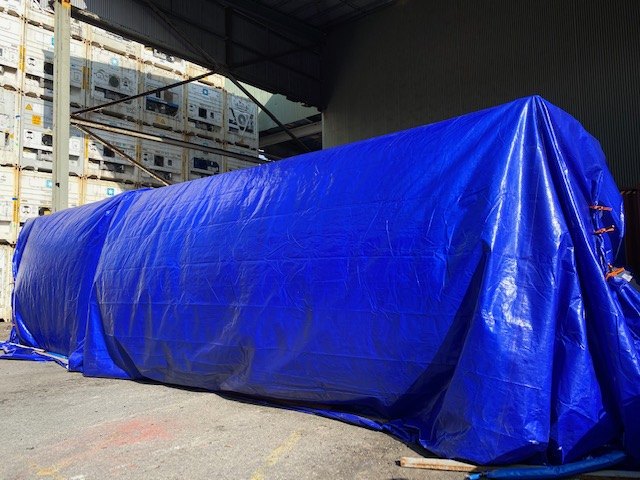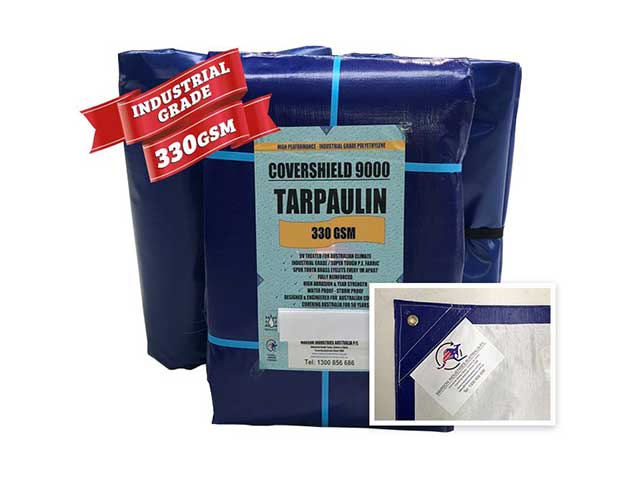Tarps, Covers & Liners. Industrial Textile Fabrication.
Marson Industries Australia Pty Ltd
9 Liquid Containment Facts That You Should Know

Liquid containment and transportation is a very delicate field. Often times, the liquids being transported are potentially hazardous to the environment. A lot of care is put into researching and manufacturing the devices used to contain these liquids. Care must also be put into storing and transporting the liquid. Here are 9 liquid containment facts that you might not know.
- 9. The Fuel Bladder.
A fuel bladder is a very interesting tool for containing liquids. It is a flexible and collapsible bladder that is capable of storing various industrial liquids but is most often used to store fuel. It is also sometimes referred to as temporary fuel tank. Most of these bladders are shaped like large pillows so that they can provide the maximum volume possible to be transported without any wasted space.
Though they are usually used to transport fuel, they may be used to transport various other liquids. In particular, they are often used to transport harmful sludge or industrial chemicals that need to be kept separate. Most of these bladders have very little risk of spilling, but it is still always recommended that they are housed in separate containers for sake of safety.
- 8. Fuel Bladders Get Big.
On average, fuel bladders are designed to hold around 100 gallons of fuel. However, that number can climb all the way up to 200,000 gallons. It's even possible to have custom bladders designed that are capable of holding much more. The simplicity and affordability of their design make them ideal candidates for containing and transporting large volumes of liquid.
- 7. There Is Some Risk.
It's important to note that the larger the bladder the higher the risk of a spill. The risk doesn't really come into play until the bladder exceeds a capacity of 50,000 gallons. At this point, there is a slight risk of a spill during transportation. That risk increases as the capacity of the bladder increases.
To mitigate this risk, precautionary measures should always be taken when filling and transporting these bladders. This is especially true if the bladders are filled with fuel or some potentially hazardous substance. There are rather large fines in place for spilling fuel. The EPA has also outlined very clear regulations for the storage and transportation of these bladders when they contain fuel.
- 6. The Jerry Can.
The next tool on this list of 9 liquid containment facts is the Jerry Can. These containment devices have been around for quite awhile, but modern Jerry Cans blur the line between canister and fuel bladder. Collapsible Jerry Cans are very popular now and they resemble small fuel bladders with a nozzle attached at the end.
- 5. History Of The Jerry Can.
As mentioned, the Jerry Can has been around for awhile. The original can was invented during the 1930's in Germany. It was utilized for military operations. The average can could hold about 5 and a half gallons of fuel. The new design was a huge improvement over previous canisters used to transport fuel.
Prior to the Jerry Can, most fuel canisters required additional tools to utilize. For example, a funnel was needed to pour the fuel from the canister into the vehicle. The Jerry Can eliminated the need for additional tools by attaching a funnel-like device at the mouth of the canister.
These cans were traditionally made from pressed steel. Some are still designed this way just to emulate the older look. However, it's cheaper and more efficient to use collapsible Jerry Cans that are made from plastic.
- 4. The Flexitank.
The third containment device on this list of 9 liquid containment facts is the flexitank. In theory, the flexitank is very similar to a large fuel bladder, but there are some major differences. The primary difference being the requirement of a shipping container.
A flexitank is a large bladder that is designed to fit the measurements of a shipping container. The bladder is placed into the container and then filled via a hose. The end result is that the container is turned into a bulk liquid containment device and also serves as its own secondary containment device.
- 3. No Fuel In The Flexitank.
The flexitank is often viewed as a safer method of transportation than a standard fuel bladder, yet regulations currently prevent using this type of tank for transporting fuel. A flexitank cannot be used to transport any hazardous chemicals. The only type of fuel that can be transported using this tank is bio-diesel.
- 2. The Flexitank Is Still Popular.
While it may not be used to transport fuel or hazardous materials, this liquid containment device is still extremely common. It's one of the most popular choices for a business that need to transport water, beer, wine, molasses, juices, and various food products. It's even great for transporting bulk pharmaceuticals that are non-hazardous.
- 1. A Bright Future For The Flexitank.
The flexitank has always been considered a big breakthrough in liquid containment technology. More research is being poured into it all of the time. It won't be long until the safety of the device is improved and it can be used to transport bulk quantities of fuel. That may even lead to a slight decrease in the cost of fuel in various countries.
There you have it. That's a total of 9 interesting facts about liquid containment. Whether you're just curious or you work in a related field, it's always good to know how your liquids are getting from point A to point B.
Share this post



